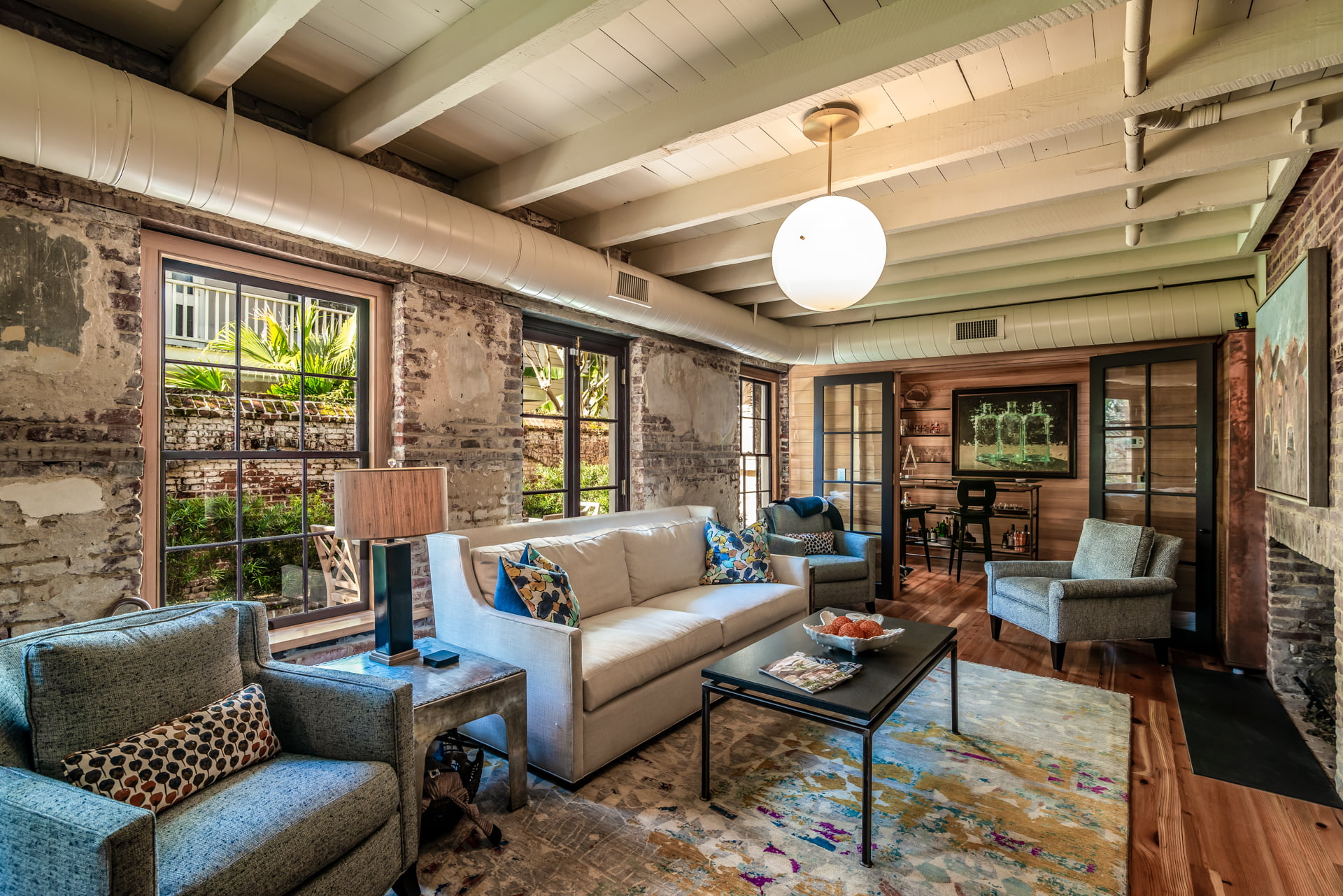In the world of interior design, creating a visually captivating space goes beyond choosing the right furniture and color palette. It involves mastering the art of layering texture and pattern to add depth, dimension, and personality to a room. At CHD Interiors, we believe that layering is the secret ingredient that transforms ordinary spaces into extraordinary ones.
Join us as we explore the intricacies of texture and pattern and uncover the key principles of successful layering in interior design.

Embracing Texture: Adding Depth and Dimension
Texture is the tactile quality that can be felt through surfaces and materials, and it plays a crucial role in creating visual interest and warmth in a space. Here’s how you can incorporate texture into your interior decorating process.
1. Soft Textures
Introduce soft textures like plush rugs, velvet upholstery, and knit throws to create a cozy and inviting atmosphere. Layering soft textures adds tactile comfort and helps balance out harder surfaces in a room.

2. Natural Elements
Incorporate natural textures such as wood, stone, and woven materials to bring a sense of the outdoors inside. These organic elements add warmth and authenticity to a space, creating a harmonious connection with nature.

3. Mixed Materials
Experiment with various materials like metal, glass, and leather to add visual contrast and intrigue. Mixing materials adds depth and sophistication to a room, elevating its overall design aesthetic.

Harnessing Pattern: Infusing Personality and Style
Patterns are visual motifs that add personality and character to a space, making it dynamic and visually engaging. Here’s how you can harness the power of patterns in your interior design project.
1. Statement Prints
Make a bold statement with eye-catching prints and patterns, such as geometric, floral, or abstract designs. Statement prints can serve as focal points in a room, adding drama and personality.

2. Layered Patterns
Experiment with layering multiple patterns, such as mixing stripes with plaids or pairing florals with geometrics. Layered patterns add depth and complexity to a room, creating visual interest and intrigue.

3. Textile Variety
Incorporate patterned textiles, such as curtains, throw pillows, and upholstery, to infuse color and pattern into a space. Textiles are versatile design elements that allow you to easily update and refresh a room’s look.

The Art of Layering: Bringing It All Together
Successful layering in interior design is about striking the right balance between texture and pattern to create a cohesive and harmonious space. Here are some tips for making all the difference with layering.
- Start with a neutral base and gradually layer on textures and patterns to add depth and visual interest.
- Mix different textures and patterns to create contrast and balance in the room.
- Pay attention to scale and proportion when layering elements to ensure a cohesive look in all your design projects.
- Don’t be afraid to experiment and have fun with texture and pattern to express your style.

Stay Tuned to CHD Interiors for More Mount Pleasant, South Carolina, Inspired Design Tips
At CHD Interiors, we understand the transformative power of texture and pattern in interior design. Whether you prefer a cozy and rustic aesthetic or a sleek and contemporary vibe, our interior design team can help you master the art of layering to create a space that is uniquely yours.
Contact us today to begin your custom design process and discover the endless possibilities of texture and pattern in interior design services.









